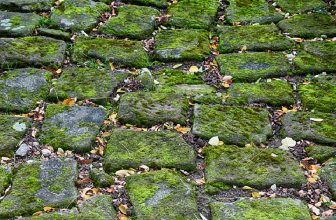How to Clean a Boat Gas Tank
Maintaining a clean and functional boat gas tank is essential for the smooth operation and longevity of your marine vessel. Over time, contaminants, water, and sediment can accumulate in the tank, potentially causing engine issues and compromising overall performance. In this comprehensive guide, we will delve into the step-by-step process of how to clean a boat gas tank, offering practical insights and effective techniques.
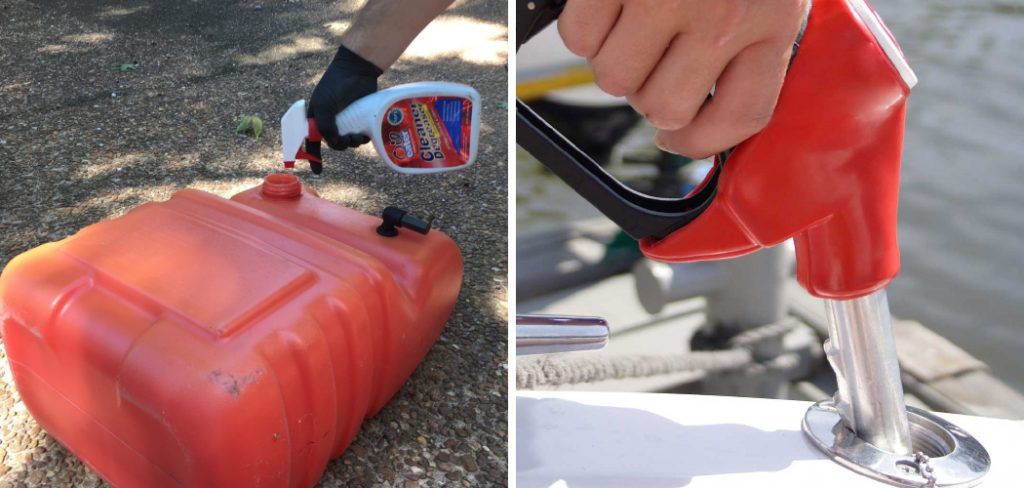
From removing accumulated debris to addressing water contamination, understanding the nuances of proper tank maintenance is crucial for any boat owner. Whether you’re preparing for a new boating season or troubleshooting fuel-related problems, this article will equip you with the knowledge to navigate the cleaning process efficiently, ensuring your boat’s fuel system operates at its best.
Say goodbye to concerns about fuel quality and engine reliability, and embrace a clean, well-maintained boat gas tank for a worry-free maritime experience.
Importance of a Clean Boat Gas Tank
A clean boat gas tank is essential for both the performance and safety of your vessel. The importance of keeping your boat’s fuel system clean cannot be emphasized enough, as neglecting this maintenance task can lead to a variety of issues that may affect your boating experience.
First and foremost, a clean gas tank ensures that your engine runs smoothly without any interruptions. When dirt, debris, or water accumulates in your gas tank, it can clog the fuel lines and filters, causing the engine to sputter or even stall. This not only hinders your boat’s performance but also puts you at risk of getting stranded on the open water.
Moreover, a clean gas tank helps to prevent potential fire hazards. Boats are equipped with engines that run on highly flammable gasoline, making them susceptible to fires. A dirty gas tank can increase the risk of a fire as it may contain sediment or other contaminants that could ignite and cause an explosion. Regularly cleaning your boat’s gas tank is a simple yet effective way to reduce this risk and ensure the safety of you and your passengers.
Keeping your gas tank clean also helps to prolong the lifespan of your boat’s engine. Over time, accumulated dirt and debris in the gas tank can cause corrosion and other damage to the fuel system. This can result in expensive repairs or even the need for a complete engine replacement. By regularly cleaning your gas tank, you can prevent these issues and save yourself from costly repairs.
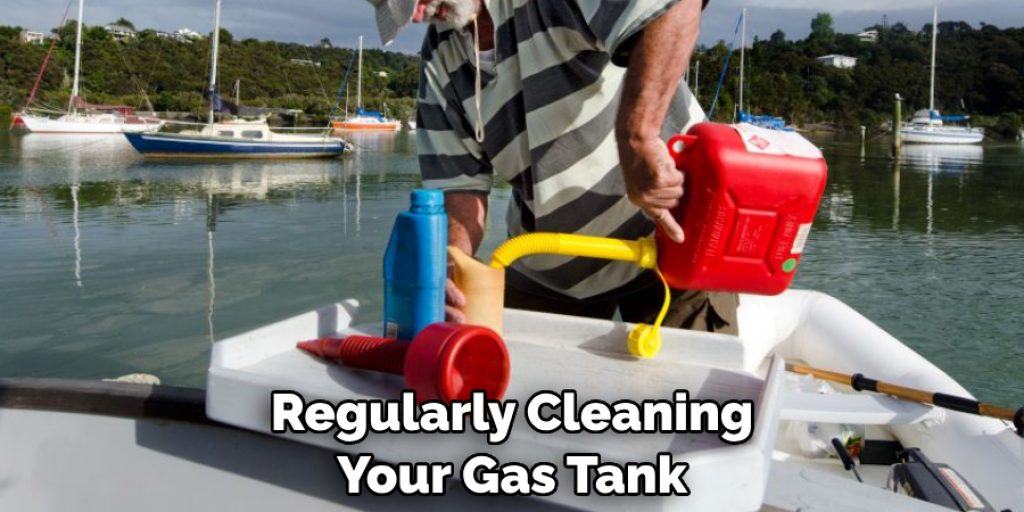
10 Methods How to Clean a Boat Gas Tank
1. Empty and Clean the Tank
The first step in cleaning a boat gas tank is to empty it of any fuel and debris. This can be done by siphoning out the fuel or by using a vacuum pump. Once the tank is empty, it should be cleaned with a degreaser to remove any built-up grease and grime. After the tank has been thoroughly cleaned, it should be rinsed with hot water to remove any residue from the degreaser.
2. Inspect for Damage
Before proceeding with cleaning a boat gas tank, it is important to inspect it for signs of damage, such as rust or corrosion. If there are any signs of damage, the tank should be replaced as soon as possible, as this could lead to leaks or other problems down the line.
3. Remove Rust
If rust is present on the inside of the gas tank, it should be removed using a wire brush or sandpaper. Once all of the rust has been removed, it should be wiped down with a damp cloth and then dried completely before proceeding with cleaning.
4. Use An Acidic Solution
An acidic solution such as vinegar or lemon juice can be used to clean a boat gas tank that has stubborn deposits of dirt or grime on its walls and bottom. The solution should be applied directly onto the affected areas and left to sit for at least 30 minutes before being scrubbed off with a stiff brush or rag.
5. Use A Solvent
A solvent such as acetone can also be used to clean a boat gas tank that has stubborn deposits of dirt or grime on its walls and bottom. The solvent should be applied directly onto the affected areas and left to sit for at least 30 minutes before being scrubbed off with a stiff brush or rag. It is important to wear protective gloves when handling solvents as they can cause skin irritation if not handled properly.
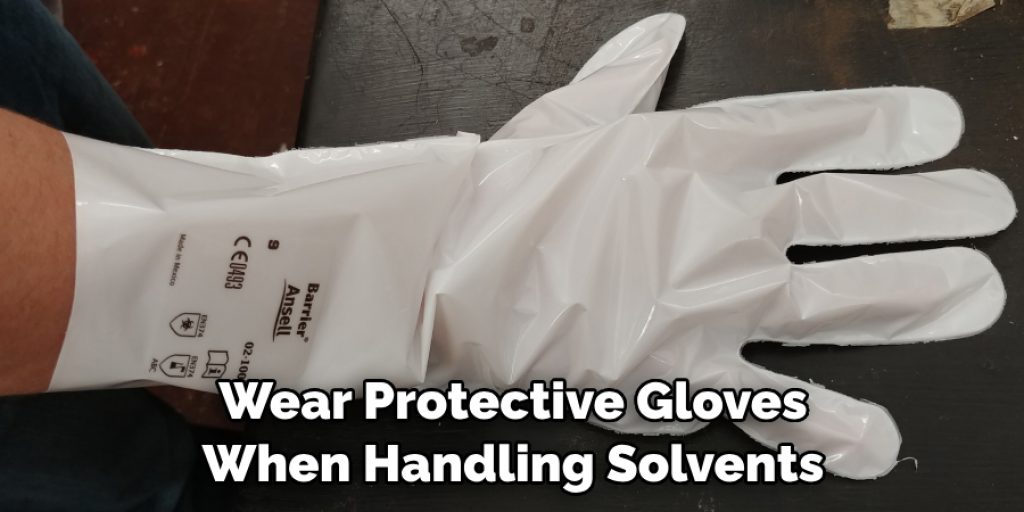
6. Rinse With Hot Water
Once all of the dirt and grime have been removed from inside the gas tank, it should be rinsed thoroughly with hot water in order to remove any remaining residue from either an acidic solution or solvent that was used during the cleaning process. After rinsing, make sure that all moisture is dried up before re-filling the tank with fuel again in order to prevent corrosion from occurring due to moisture buildup inside the tank over time.
7. Apply Protective Coating
After cleaning and drying out your boat’s gas tank, you may want to consider applying a protective coating in order to help preserve its condition over time. There are several types of coatings available on today’s market designed specifically for protecting metal surfaces against corrosion caused by exposure to saltwater, gasoline, oil, etc.
Be sure to read and follow all instructions provided when applying the protective coating in order to ensure maximum protection .
8. Re-Fill With Fuel
Once your boat’s gas tank has been cleaned, inspected, dried out, and coated (if desired) you can now go ahead and re-fill it up with fresh fuel. Make sure that you use only high-quality gasoline when filling up your boat’s gas tanks since low-quality fuels may contain impurities that could potentially damage your engine over time.
Additionally, always make sure that your fuel tanks are filled up no more than 3/4 full so there is room for expansion due to heat generated while operating your vessel.
9. Monitor For Leaks
After re-filling your boat’s gas tanks , you will want to keep an eye out for any potential leaks that may occur due to faulty connections between hoses/connectors attached to fuel lines leading into the tanks themselves.
If you do happen to notice any leaks coming from hoses/connectors attached to fuel lines leading into tanks themselves, then immediately turn off the engine and shut down the power source fueling system in order to prevent further damage from occurring due to leaking gasoline/diesel fuel.
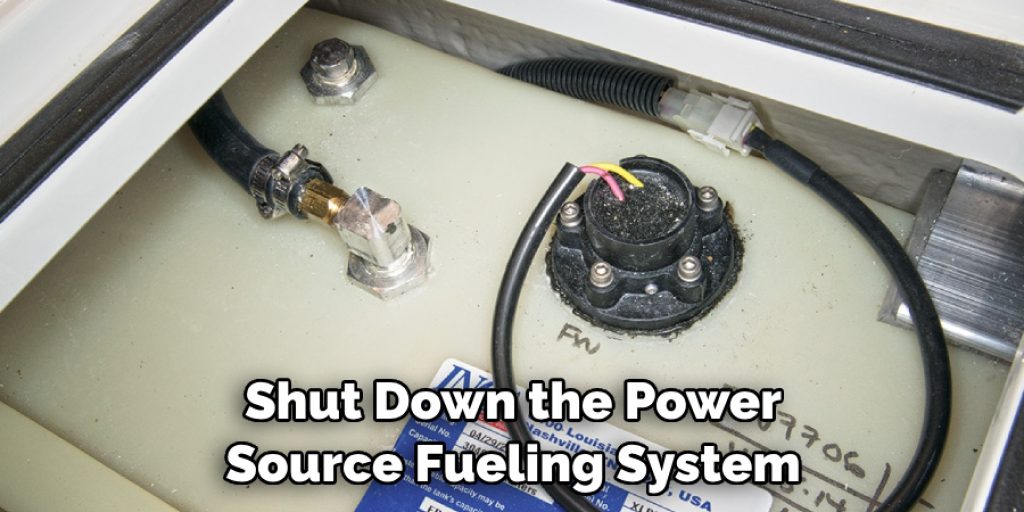
10. Perform Regular Maintenance
In addition to regularly inspecting and monitoring your boats’s fuel tank leakage issues, you will also want to perform regular maintenance in order to ensure they remain functioning properly over long periods of usage.
This includes checking hoses connectors attached to fuel lines leading into tanks themselves, making sure they are still tight and secure after extended periods of heavy usage, along with checking fluid levels within the tanks themselves, making sure they are still adequate enough to meet the demands of engines during operation .
Things to Consider When Cleaning a Boat Gas Tank
When it comes to maintaining your boat, cleaning the gas tank is an important task that should not be overlooked. A dirty or clogged gas tank can result in engine failure and potentially put you and your passengers at risk while out on the water. Here are some things to consider when it comes to cleaning your boat’s gas tank:
- Proper Ventilation – Before you start cleaning your gas tank, make sure the area is well ventilated. Gas fumes can be dangerous, so it’s important to have proper airflow while working.
- Safety Precautions – It’s always a good idea to wear protective gear such as gloves and safety glasses when handling any chemicals or potentially hazardous materials.
- Check for Leaks – Before you begin the cleaning process, inspect the gas tank for any leaks or cracks. If there are any issues, they should be addressed before proceeding with cleaning.
- Drain the Tank – Once you have determined that the gas tank is in good condition, drain all remaining fuel from it using a siphon or hand pump.
- Use Appropriate Cleaning Products – It’s important to use cleaning products specifically designed for boat gas tanks to ensure they are safe and effective. Avoid using household cleaners as they may contain chemicals that could cause damage.

Conclusion
In conclusion, cleaning the gas tank of your boat is an important part of regular maintenance. It requires time and special attention, but it’s well worth the effort to keep your boat running at its peak performance.
To make sure that you get the job done right, it’s a good idea to take the time to carefully read the manual or consult a local mechanic who specializes in marine vehicles so you can ensure that you follow all necessary steps in correctly cleaning your boat gas tank.
By following these steps, you will be able to provide your vessel with much better protection over the long haul and save yourself time and money in problem prevention. So remember: when it comes to how to clean a boat gas tank, take your time and pay attention to detail for best results!


